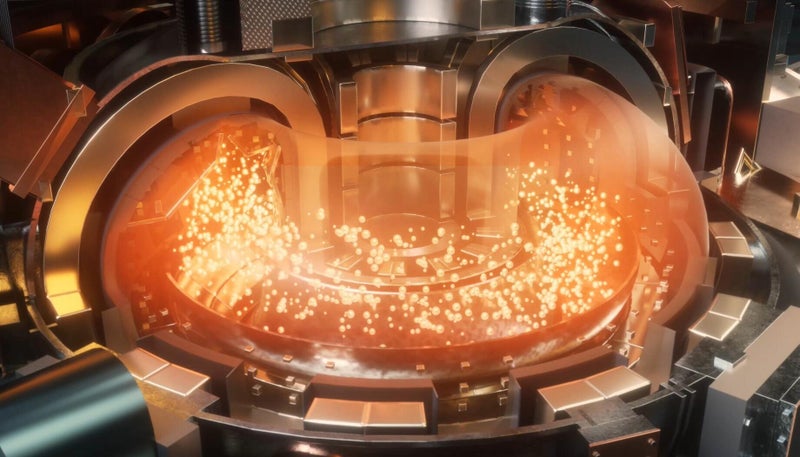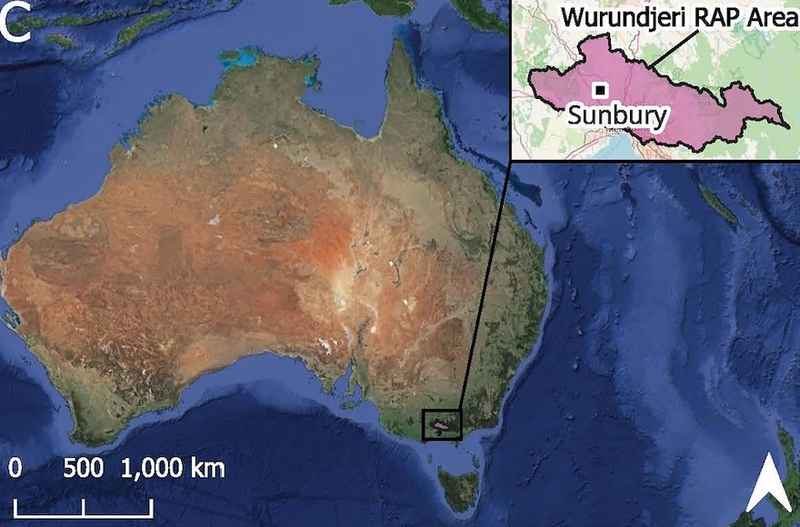Astronomers catch rare ‘hiccuping’ star in action for the first time
Share:
A giant “hiccuping” star has been documented for the first time in the final stages of its life before exploding by an international team of astronomers, including from Queen’s University Belfast. The rare cosmic event, which only occurs with exceptionally large stars between 60 to 150 times the mass of the sun, has been predicted in theory but never seen before.
Researchers said that confirming “hiccuping” stars is a major step in understanding how outsized stars work and how they have shaped the universe. The team documented a process called Pulsational Pair Instability” (PPI), in which massive stars develop very hot cores which contract and expand quickly in the final years or days of their lives.
This is the first time that we have ever obtained observations of a PPI candidate during the shell collisions, allowing us to confirm for the first time that this is really happening. On each occasion the star pulsates, it ejects a shell material which strips down the core star. These shells can collide into each other, creating intense bursts of light.
Lead author Dr Charlotte Angus, from the Astrophysical Research Centre (ARC) at Queen’s University, said the shell collisions are much fainter than the final supernova explosion, meaning it had previously not been possible to confirm the theory. She added: “In December 2020, we identified a new bright supernova, now named ‘SN2020acct’, in a nearby spiral galaxy called NGC 2981. The light from SN2020acct disappeared pretty quickly.






















